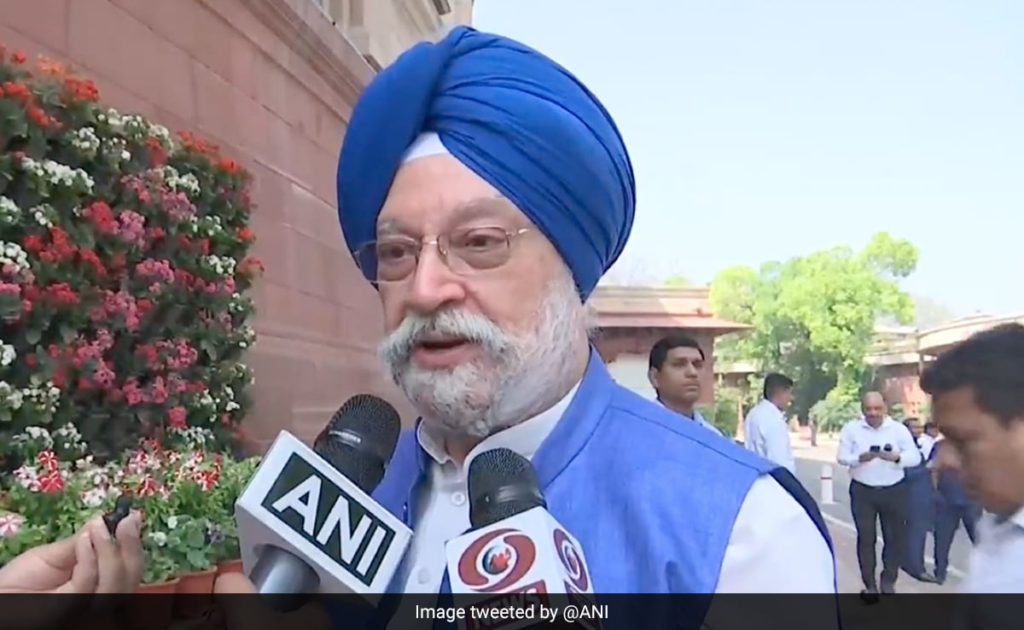

“The GNCTD has stated that Delhi now needs a comprehensive new Drainage Master Plan.”
New Delhi:
Delhi’s existing drainage master plan, which was prepared in 1976, is not adequate to deal with “crisis situations”, the Rajya Sabha was told on Monday.
Last month, Delhi grappled with unprecedented waterlogging and flooding. Initially, a downpour caused intense waterlogging on July 8 and 9, with the city receiving 125 per cent of its monthly rainfall quota in just two days.
Subsequently, heavy rain in the river’s upper catchment areas, including Himachal Pradesh, Uttarakhand and Haryana, led to the Yamuna swelling to record levels.
In a written reply to a question, Union Housing and Urban Affairs Minister Hardeep Singh Puri said, “The Government of National Capital Territory of Delhi (GNCTD) has informed that Drainage Master Plan for Delhi was prepared in 1976 and stated that the existing Drainage Master Plan is not adequate to deal with crisis situations in Delhi.”
The written question asked by Rajya Sabha MP Mohammed Nadimul Haque was regarding whether the existing drainage master plan is adequate to deal with crisis situations like the floods and waterlogging in the national capital territory of Delhi.
Mr Puri said the Delhi government also informed that in 2018, the Indian Institute of Technology, Delhi had proposed a draft drainage master plan.
“The GNCTD has stated that Delhi now needs a comprehensive new Drainage Master Plan,” the minister said, adding that it has also informed that select low lying areas have been identified.
In the light of climatic changes taking place, including high intensity rainfall events, this issue assumes even higher importance.
“This requires concerted efforts on part of all agencies concerned namely Public Works Department, GNCTD, Irrigation and Flood Control Department, GNCTD, Municipal Corporation of Delhi, New Delhi Municipal Council, Delhi State Industrial and Infrastructure Development Corporation, Delhi Jal Board, Delhi Cantonment Board and Delhi Development Authority,” Mr Puri’s reply read.
At 208.66 metres on July 13, the Yamuna surpassed its previous record of 207.49 metres set in September 1978. It breached embankments and penetrated deeper into the city than it had in more than four decades.
The consequences of the floods led to 27,000 people being evacuated from their homes. The losses incurred in terms of property, businesses and earnings have run into crores of rupees.
Experts had attributed the unprecedented flooding in Delhi to encroachment on the river’s floodplain, extreme rainfall within a short span of time and silt accumulation that has raised the riverbed.
Yamuna’s catchment area covers parts of Uttar Pradesh, Uttarakhand, Himachal Pradesh, Haryana, Rajasthan, Madhya Pradesh and Delhi.
The low-lying areas near the river in Delhi, inhabited by around 41,000 people, are considered prone to flooding.
(Except for the headline, this story has not been edited by NDTV staff and is published from a syndicated feed.)
Featured Video Of The Day
Why Are Women Reluctant To Report Workplace Harassment?
(This news is published through a syndicated feed courtesy NDTV)



